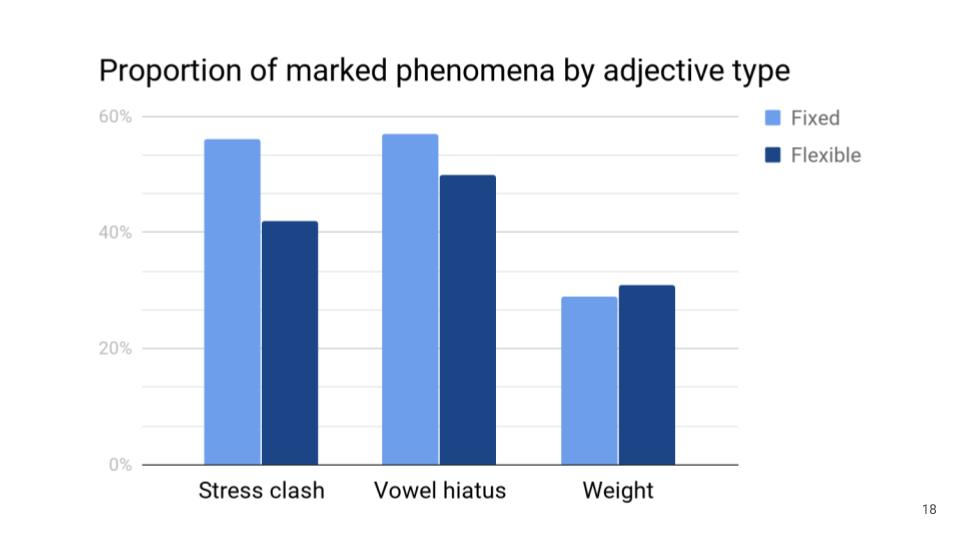News
Cornell Phonetics Lab Website Launch
The website you are viewing is brand new! We are still in the process of migrating and updating content.
16th October 2020
Katherine Blake presents paper at the American Association for Machine Translation (AMTA)
Katherine Blake presented a paper titled "Shareable TTS Components" at the American Association for Machine Translation (AMTA) MT Summit XVIII, held virtually October 6-9, 2020.
Katherine co-authored the paper with Al Sagheer, Z., Iglehart, V., LaRocca, S., Morgan, J., Murray, J.
8th October 2020

Katherine Blake presents paper at the AMP 2020 conference
Katherine Blake presented a paper titled: "Phonological markedness effects on noun-adjective word order in Italian" at the 2020 Annual Meeting on Phonology (AMP) 2020, a zoom conference organized the the Linguistics Department of the University of California, Santa Cruz, held September 12-20, 2020.
Paper Abstract:
In Italian, word order within a {noun, adjective} pair is often flexible. While the default order is postnominal, for many adjectives, prenominal word order is also available. For example, the pair piccola citta` ∼ citta piccola ` ‘small city’ can occur either order, without a change in meaning.
This work presents a corpus study that aims to determine if this syntactic variation is phonologically conditioned, in other words, whether there’s evidence that speakers exploit flexible word order to avoid phonologically-phenomena. Results indicate that flexible word order is used to avoid stress clash, but not hiatus or light-final constituents.
20th September 2020
Rachel Vogel presents paper at AMP 2020
Rachel Vogel presented a paper titled "A unified account of two vowel devoicing phenomena: the case of Cheyenne" at the Annual Meeting on Phonology (AMP 2020) held virtually Sep 18-20, 2020.
Paper Abstract:
This paper examines two processes of vowel devoicing (VD) in Cheyenne (Plains Algonquian, spoken in Montana and Oklahoma). The first applies phrase-finally and thus meets cross-linguistic and phonetic expectations for VD, while the second appears to conflict with such expectations.
I propose that with a Stratal OT approach, both can in fact be treated as a single well-motivated phenomenon distributed across different strata.
19th September 2020
